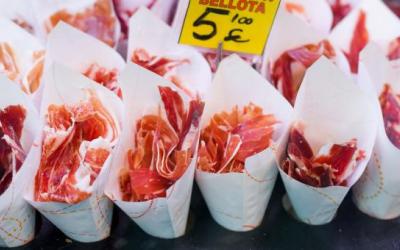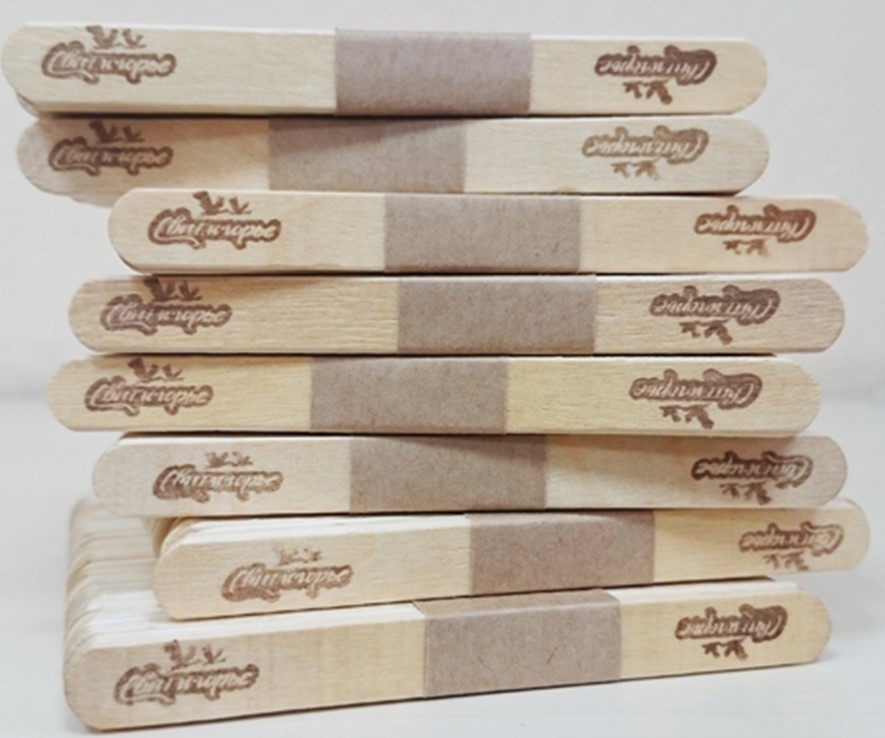How sheep breeding is being revived in Transbaikalia and Buryatia

According to the comprehensive program for the development of sheep breeding adopted in the Trans-Baikal Territory, it is planned to increase the number of livestock annually by about six percent and bring it up to 690 thousand by 2030. Considering that in the best times for the industry in the steppes of Transbaikalia (and they, according to the Minister of Agriculture of the region Denis Bochkarev, are ideal for raising small cattle), three to four million sheep grazed, these are rather modest plans. However, as Bochkarev notes, there are difficulties that do not yet allow one to aim for more.
- The depreciation of production capacities on sheep farms of agricultural enterprises in the Trans-Baikal Territory has reached 70 percent, most of the technological facilities have been decommissioned - shepherds, shearing stations, grading lines. An additional problem is the aging of the bulk of shepherds and specialists (at present, the average age of shepherds exceeds 50 years, specialists - 60 years), caused by an insufficient influx of young personnel of sheep breeders and veterinarians. These factors worsen the efficiency of sheep farms and reduce the level of competitiveness of their products, he told RG.
There are also deeper problems. Several years ago Anatoly Vershinin, Candidate of Agricultural Sciences, while preparing his doctoral dissertation, analyzed the reasons for the degradation of the industry. He noted that in the early 90s of the last century, its profitability was very high: wool production - 27.8 percent, lamb - 93.5! And 20 years later, these figures, especially for wool, went deep into the red. Sheepskin coats and felt boots went out of fashion.
- More than ten thousand shepherds, about a thousand zoo veterinarians, 20 thousand sakman and shearers, several tens of thousands of workers in related industries left the sheep breeding, thereby aggravating the situation with the employment of the rural population and its outflow from the village. The Chita worsted and cloth factory, the Chita sheepskin and fur factory, the Chita tannery, and the Sretenskaya boot felting factory were liquidated. About 13 thousand people were left without work, - the scientist noted in his work.
At the same time, recently, already in the rank of deputy chairman of the committee on agrarian policy and environmental management of the regional Legislative Assembly, he criticized the authors of the draft strategy for the development of Transbaikalia, who proposed to increase the number of sheep to 1.1 million by 2035. The deputy called this idea utopian, since it is unrealistic to provide ten percent of the annual growth.
- With the maximum livestock, which was, the increase was about three percent. This was at a time when there was the highest financial and technical supply, when everyone sang and danced around sheep breeding. And in the current conditions ... We must approach the matter in a practical way, - the deputy noted.
The government of the region has provided support measures, which, according to calculations, will ensure an annual increase in livestock by the same six percent. This is a series of subsidies. Sheep breeders are reimbursed part of the costs of drilling wells for livestock camps, the purchase of breeding animals, the production of wool and MEAT sold to processing enterprises of the region.
- For the implementation of the program in 2021, 25.5 million rubles were allocated from the regional budget, for 2022 - 30 million. In addition, based on the results of meetings and negotiations with the Russian Ministry of Agriculture for 2022, 20 million rubles were allocated from the federal budget to support the production of fine and semi-fine wool, Denis Bochkarev said.
In RUSSIA, the production of MILK, butter and cheese increased in 2022
In Buryatia, they refused to develop an industry program, considering that it is enough that sheep breeding is included in the federal and regional program documents for the development of animal husbandry. Five years ago, the authorities of the region got excited about the idea to almost double the number of sheep in a short time, up to 500,000. But a sober calculation showed that there are no prerequisites for explosive growth. In accordance with the current plans for eight years, the number of animals will grow by 50,000 and by 2030 will reach 350,000. The agricultural department noted a significant deterrent.
- This is low demand and low purchase price for fine and coarse wool from processing enterprises. The purchase price of 10-15 rubles per kilogram of coarse wool does not cover its cost - 48 rubles, - said Bulat Tsyrenzhapov, First Deputy Minister of Agriculture of Buryatia, adding to this the lack of demand for sheepskin.
In the early 1990s, the profitability of the industry was high: wool production - 27.8 percent, lamb - 93.5. 20 years later, these figures have gone deep into the red.
Buryat sheep breeders also receive significant subsidies. The rate for the maintenance of one ewe last year was 425 rubles, now - 577. The purchase of breeding young animals and fodder equipment is subsidized. 30 rubles for each kilogram of live weight is paid extra from the republican budget when sheep and goats are delivered to slaughterhouses. And the state support rate for the sale of fine and semi-fine wool to processing enterprises last year amounted to 53 rubles per kilogram.
It is worth noting that in both regions, plans to increase livestock are linked to a project based on a popular initiative. This is a kind of mutual benefit fund, only it is filled not with money, but with lambs. An accomplished farmer or just a strong DIRECTOR of a personal subsidiary plot gives a beginner several dozen sheep for breeding, on the condition that, having risen to his feet, he will give part of the offspring to another needy free of charge. This sheep pyramid, called the "Social Flock", was invented and launched in Buryatia in 2013 by the HEAD of the Buddhist traditional sangha of Russia, Khambo Lama Damba Ayusheev.
- To begin with, ten thousand ewes and 250 rams were purchased in the Republic of Tyva. In 2022, the total number of livestock raised under this project has already amounted to 22 thousand, including the offspring, Bulat Tsyrenzhapov noted.
The people of Transbaikalia liked the idea, and in the summer of last year the government of the region approved the project for the development of sheep breeding "Family farm. Transbaikalia (flock)". In the very first year, the administration of the Aginsky Buryat District of the Trans-Baikal Territory conducted a competitive selection of applicants for participation.
- It received 40 applications, including 16 from owners of private farms from ten districts of the region. Based on the results of the selection, 28 agricultural producers were recognized as winners, including citizens leading private subsidiary plots, - said Denis Bochkarev.
People who received sheep for social projects become full participants in the market. And, as Bulat Tsyrenzhapov emphasized, they are entitled to all types of state support.
Read together with it:
- В 2025 году возрожденный молокозавод в Иванове наладил стабильный выпуск 13 новых видов продукцииЗа год на молокозаводе «РумелкоАгро – Молоко» в Иванове выпустили на рынок 13 видов продукции, в том числе шесть новых продуктов – два вида творога и четыре вида йогурта – за последний месяц. В среду, 22 октября, губернатор Станислав Воскресенский ознакомился с производством новых продуктов и обсудил с руководством предприятия планы по дальнейшему развитию переработки молока. «Завод, как мы и гово...
- Швейцария ввела дополнительные санкции против России и БелоруссииПравительство Швейцарии вводит дополнительные меры из 18-го пакета санкций Евросоюза против России и Белоруссии. Они коснутся торговли, финансового и энергетического секторов Федеральный совет (правительство) Швейцарии принял дополнительные меры, обозначенные в 18-м пакете санкций Евросоюза против России, а также дополнительные ограничения блока в отношении Белоруссии. Об этом сообщается на сайте ...





























































